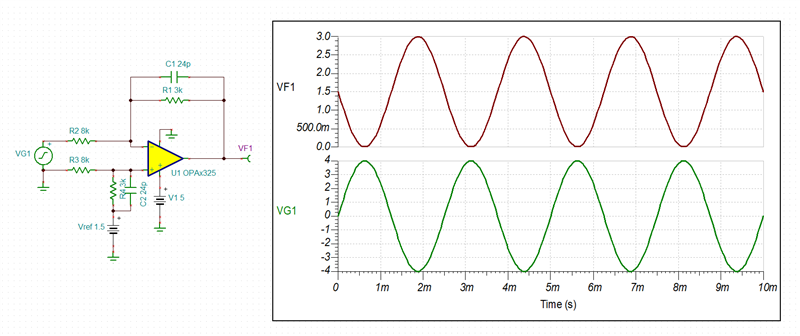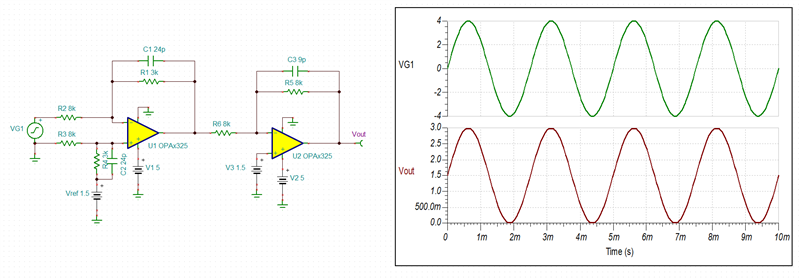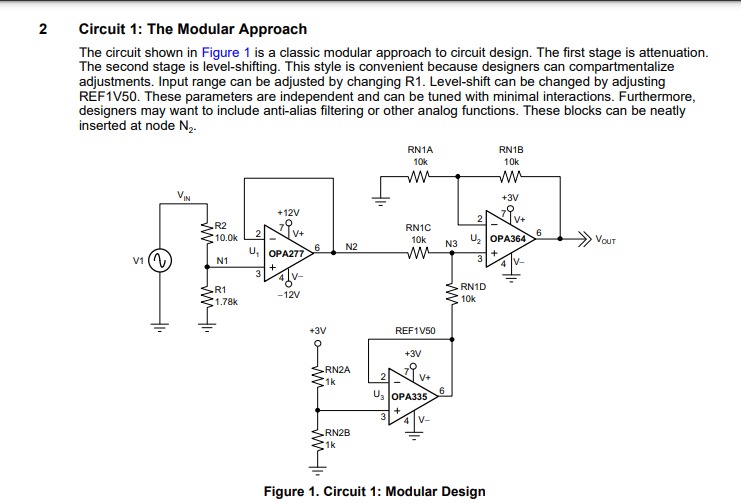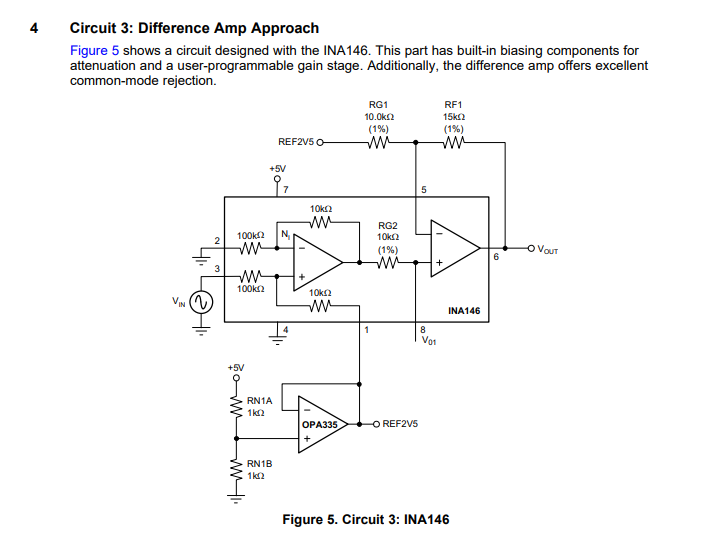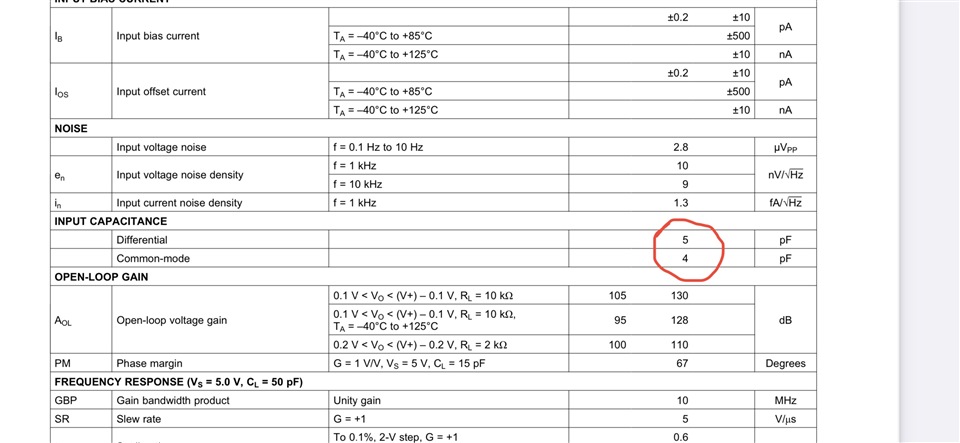Other Parts Discussed in Thread: OPA364, OPA4325, OPA4277, OPA325
I am planning to measure the 12 current from different hall sensors. The fundamental current the hall sensor is 400Hz and have harmonics upto 15KHz. The hall sensor converts the current signal to instantaneous voltage signal varies between +/-5V, which I want it bring to be connected to the microcontroller board. The analog signals must between 0 and 3V.
To connect to the microcontroller I am using the classic approach, that is, first the signal(between +/-4V) is to be scaled to +/-1.5V, and then add 1.5V offset to the signal to get it in the range of 0 and 3V. It is said in the TIs document to use different IC for the two stages. OPA277 is suggested for the first stage, and OPA364 is recommended for the second stage.
I have two concerns. First, I don't want to use too many components . So, I want to use a single quad IC for both the stages. However, one would say, we could process 2 signals in a quad opamp using 2 set of opamps, and we can use both the series keeping the number of ICs same. I am worried about the cross talk. Furthermore, I am concerned about the reliability. If an IC fails both the currents would be unavailable.
Please suggest me an IC that can work for both the stages. My requirements are descent bandwidth, fast response.
Regards,
Rajesh BN.


